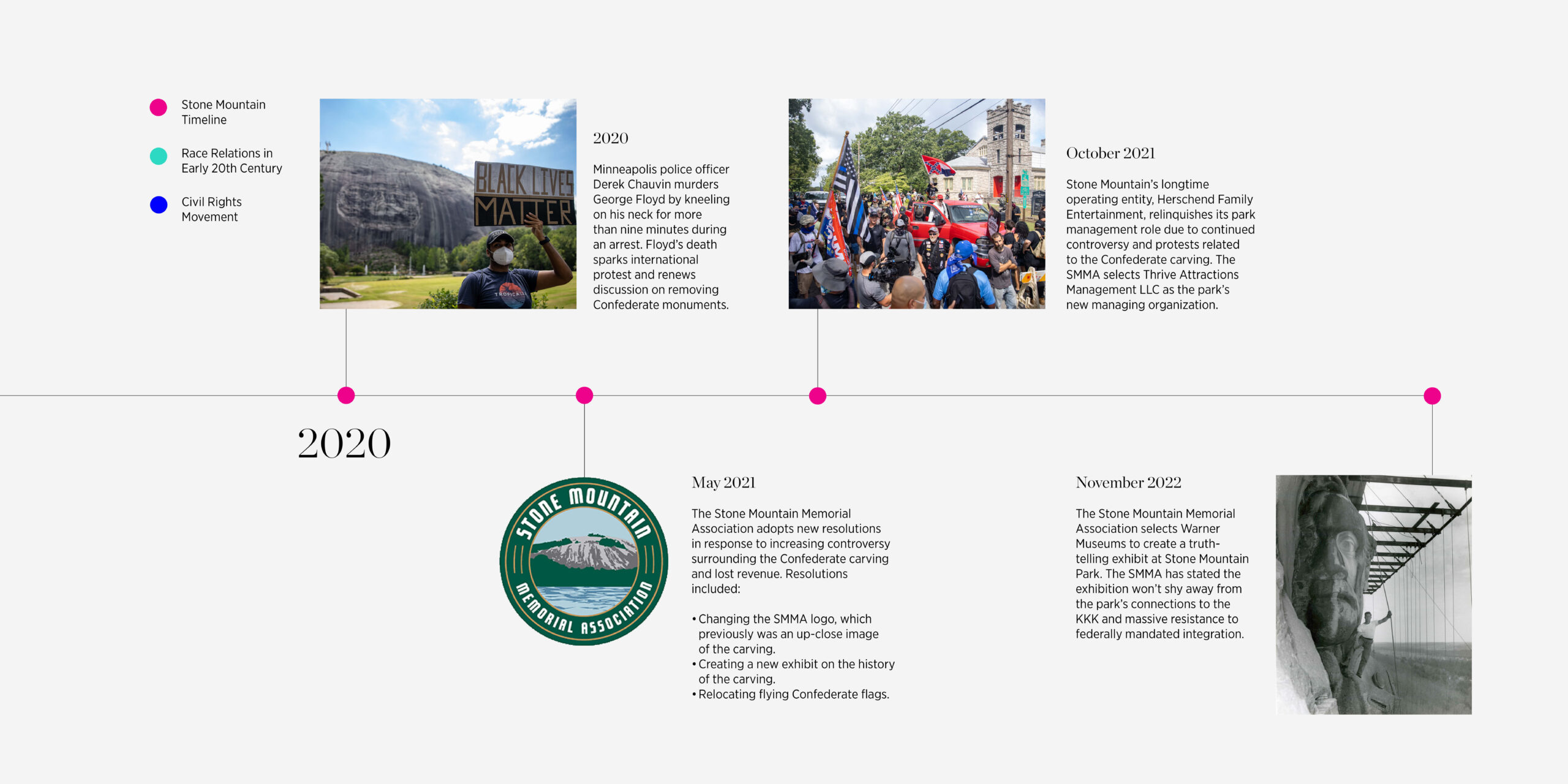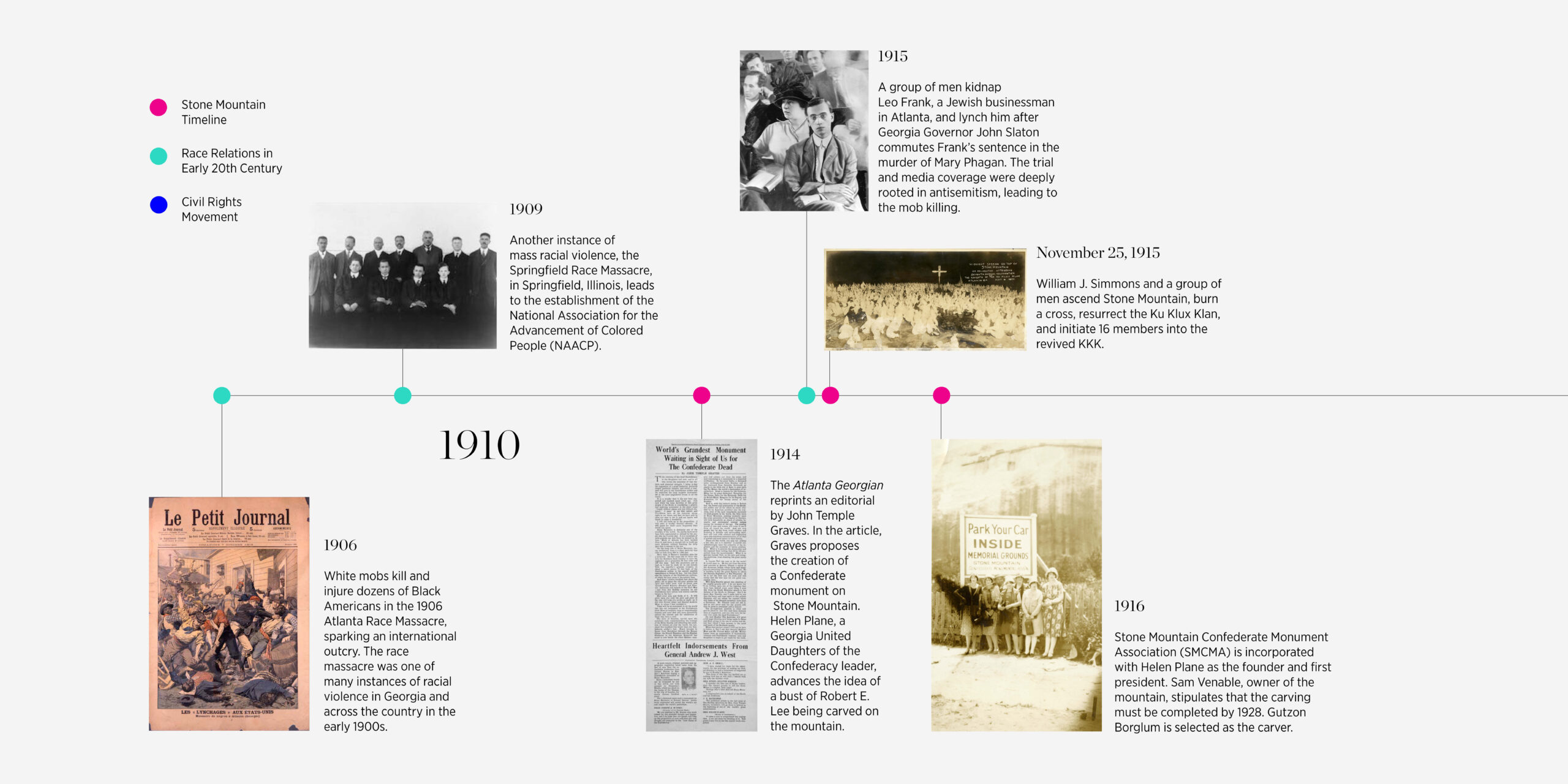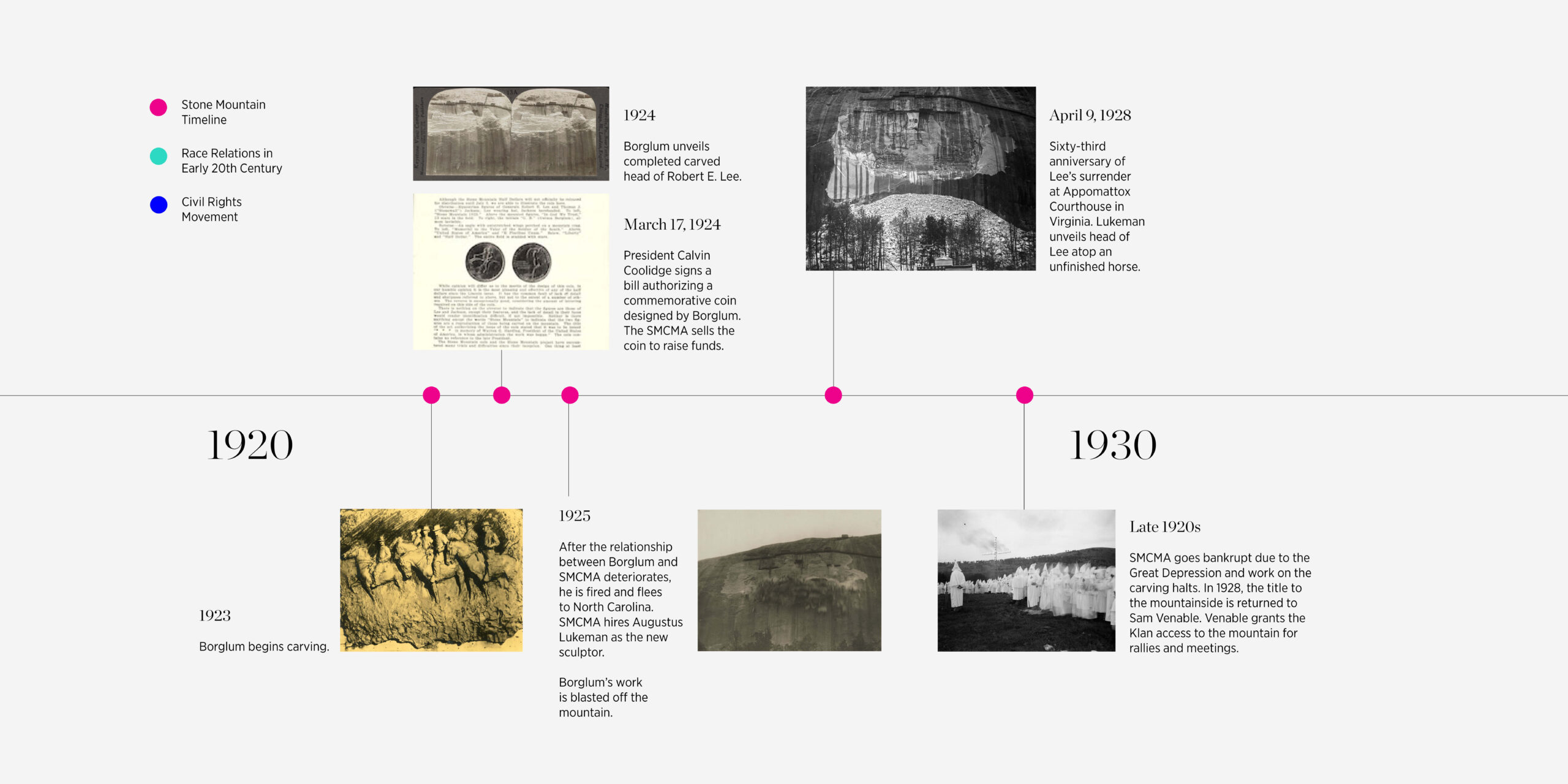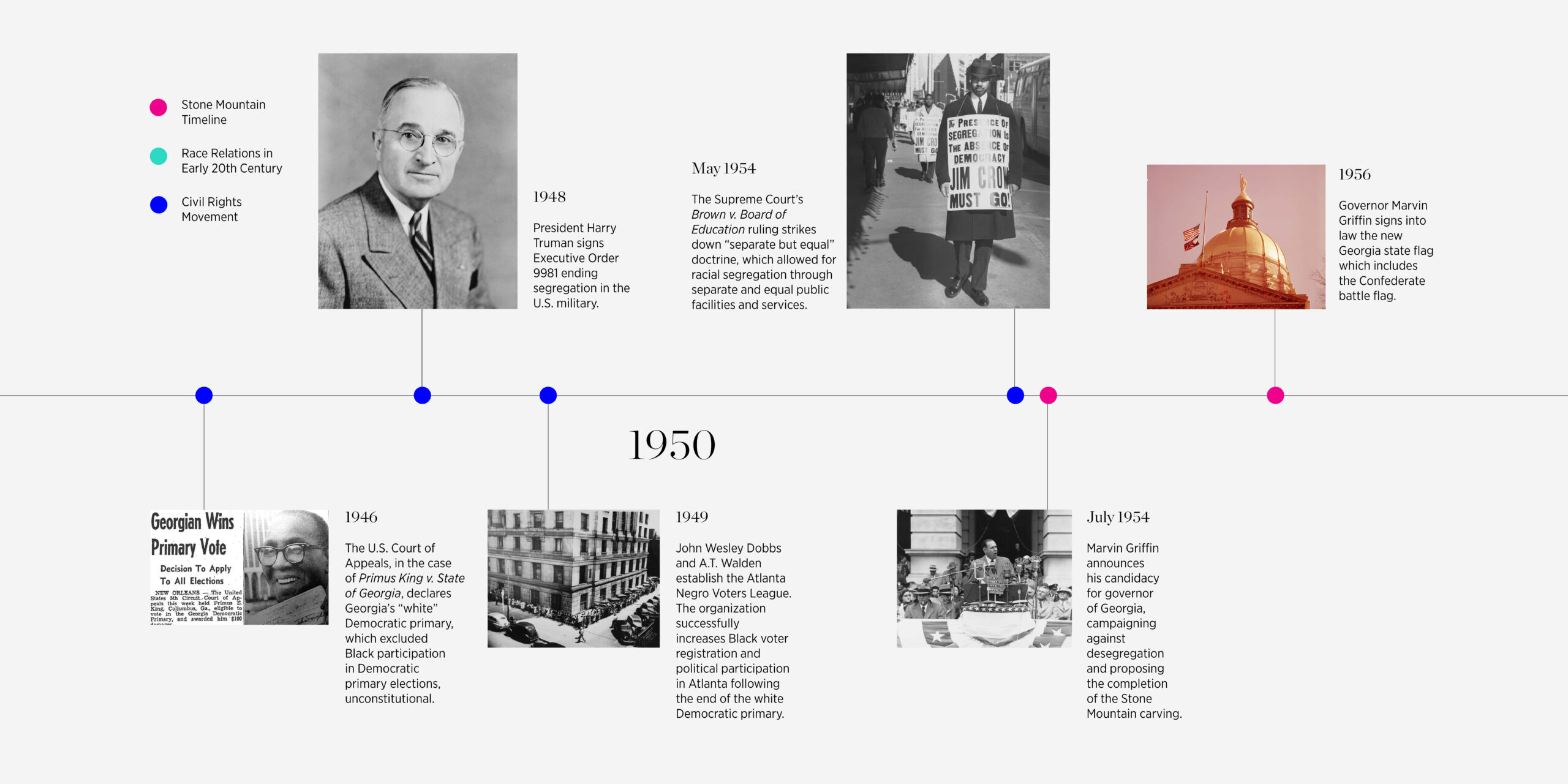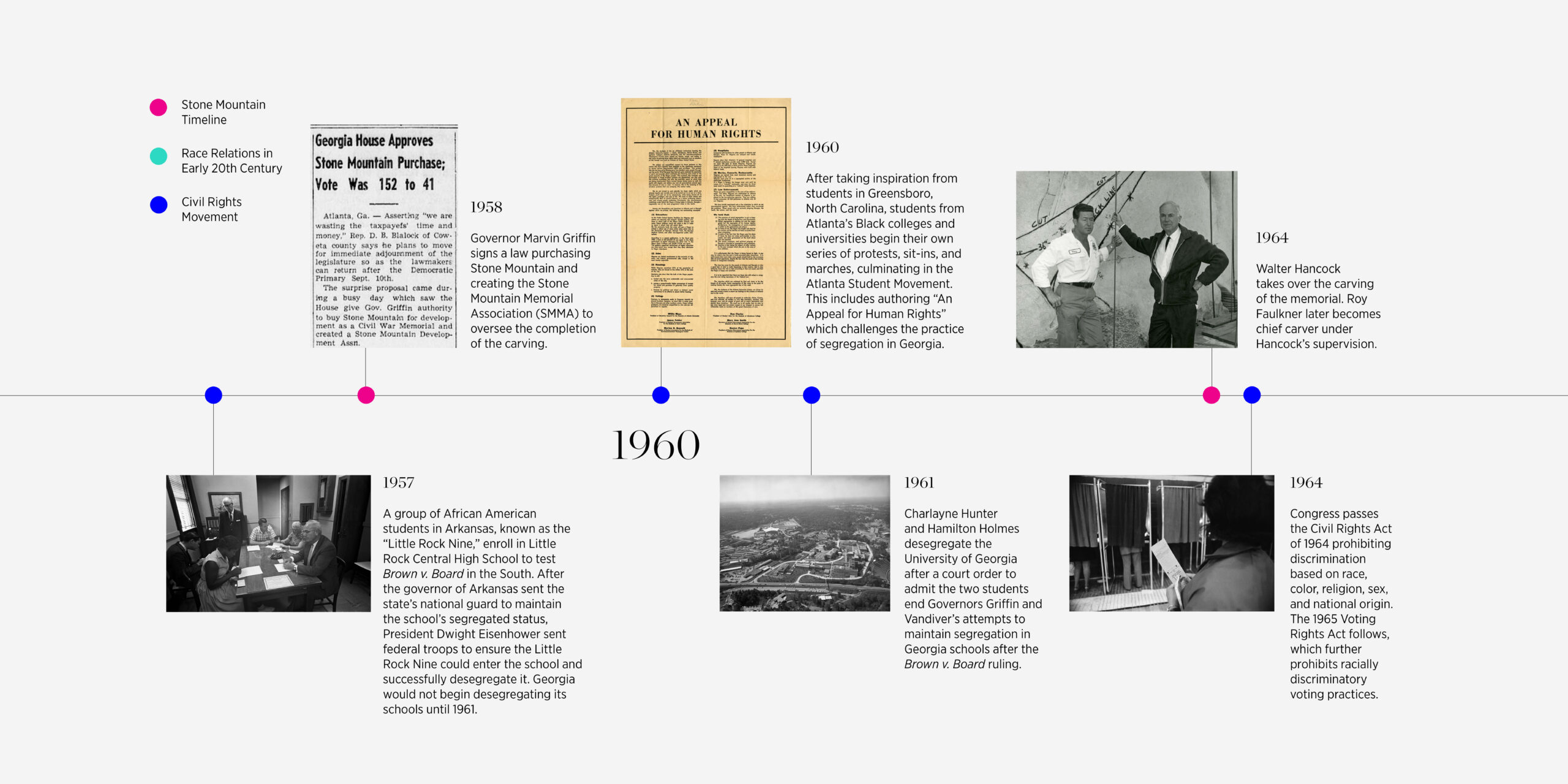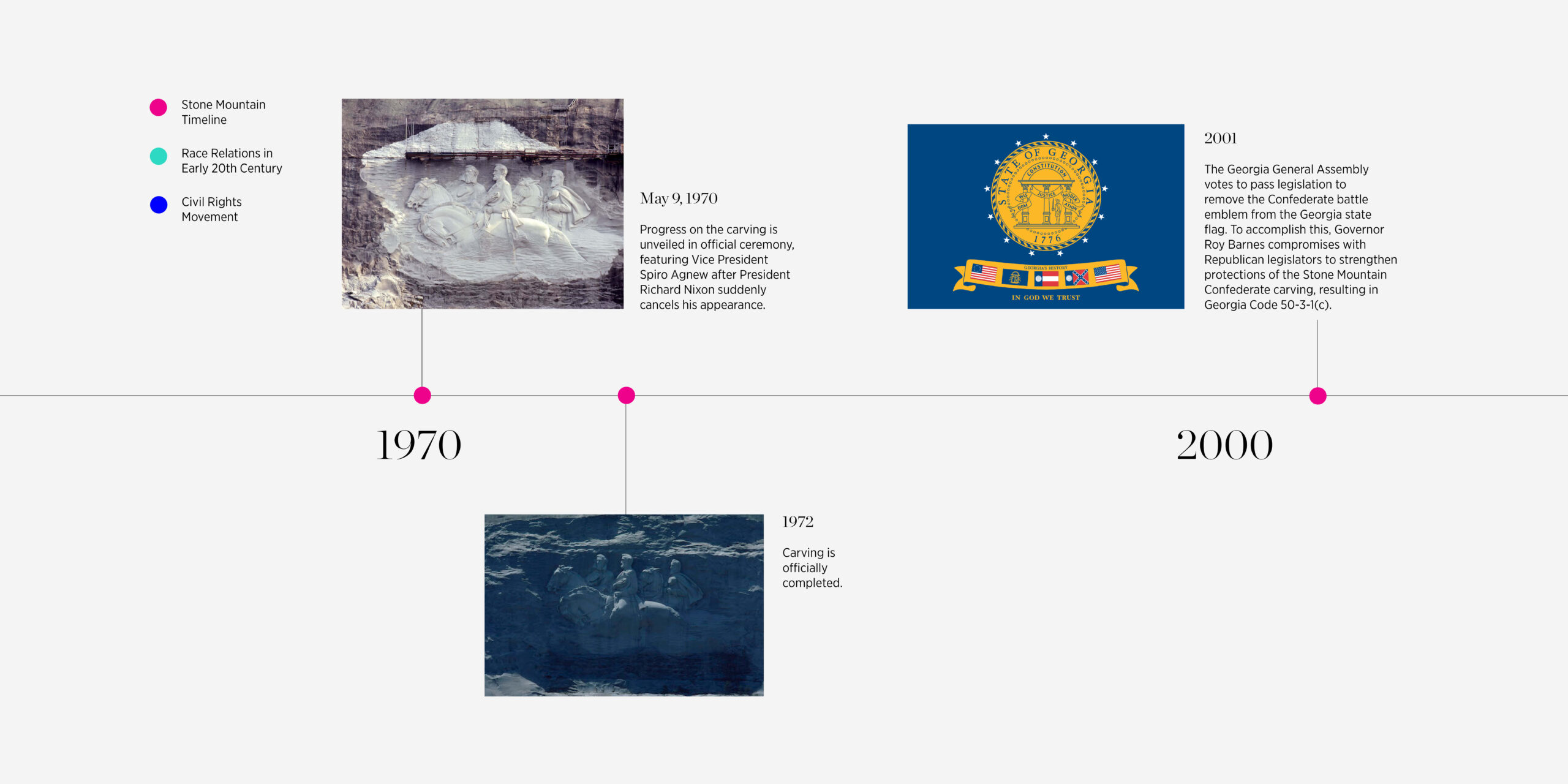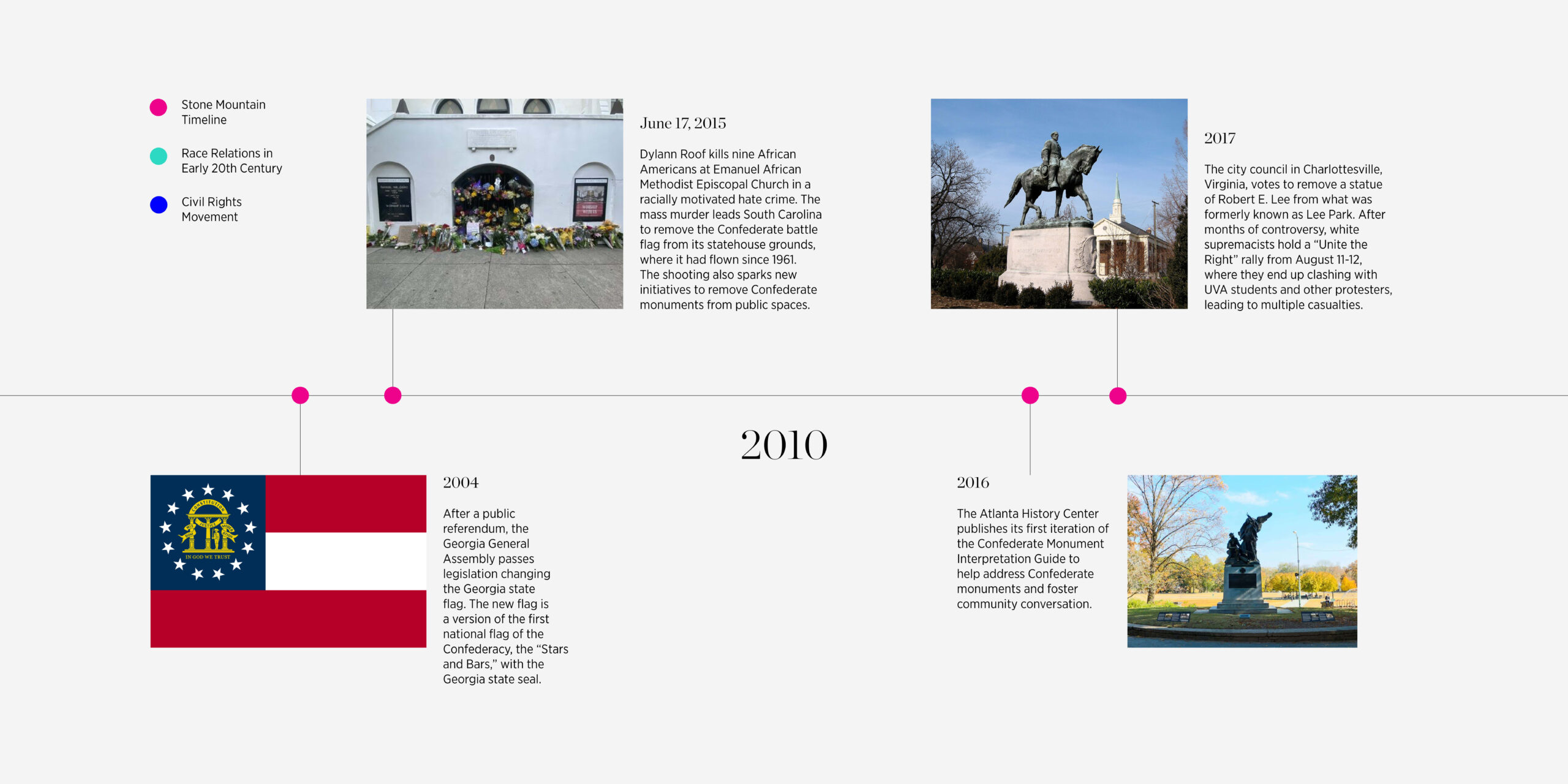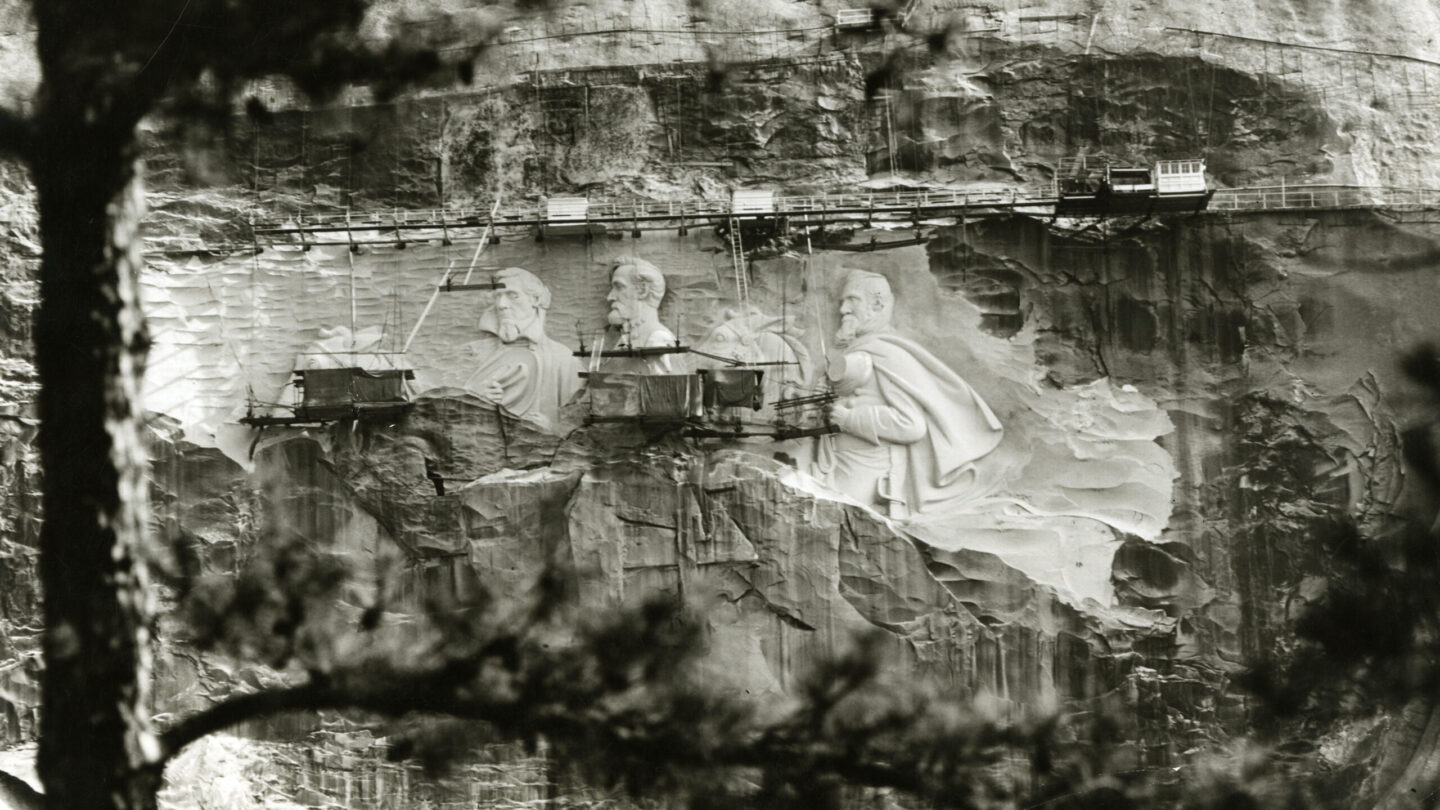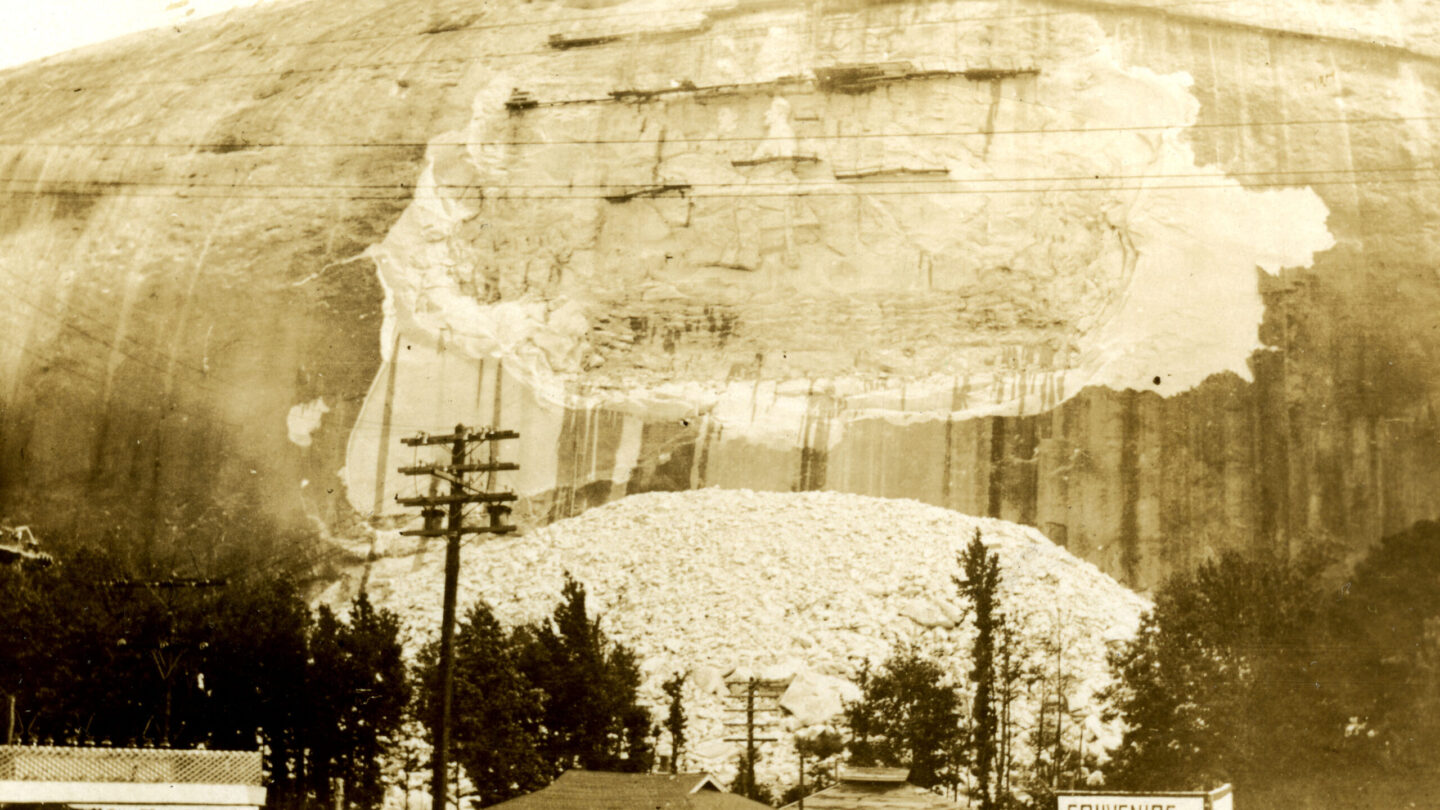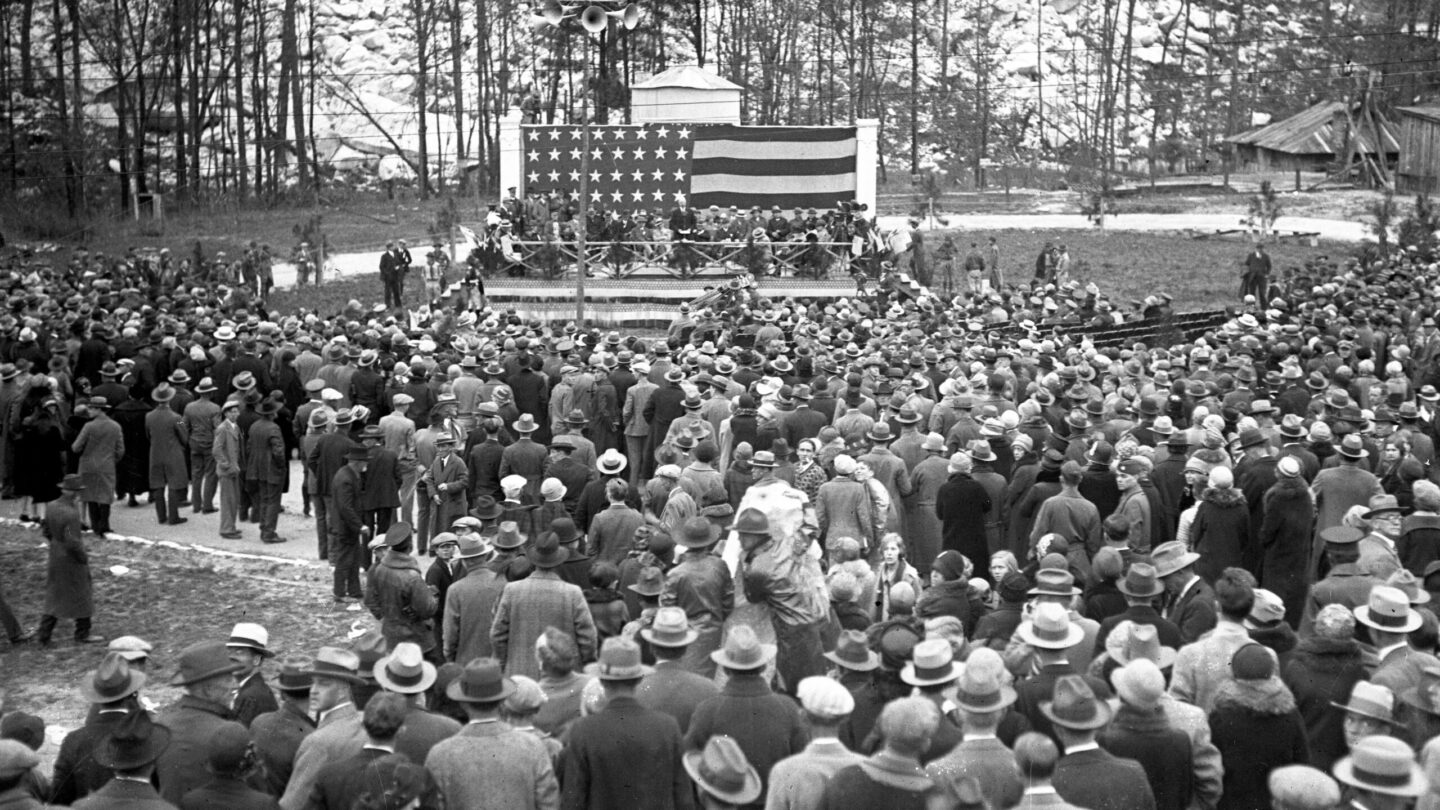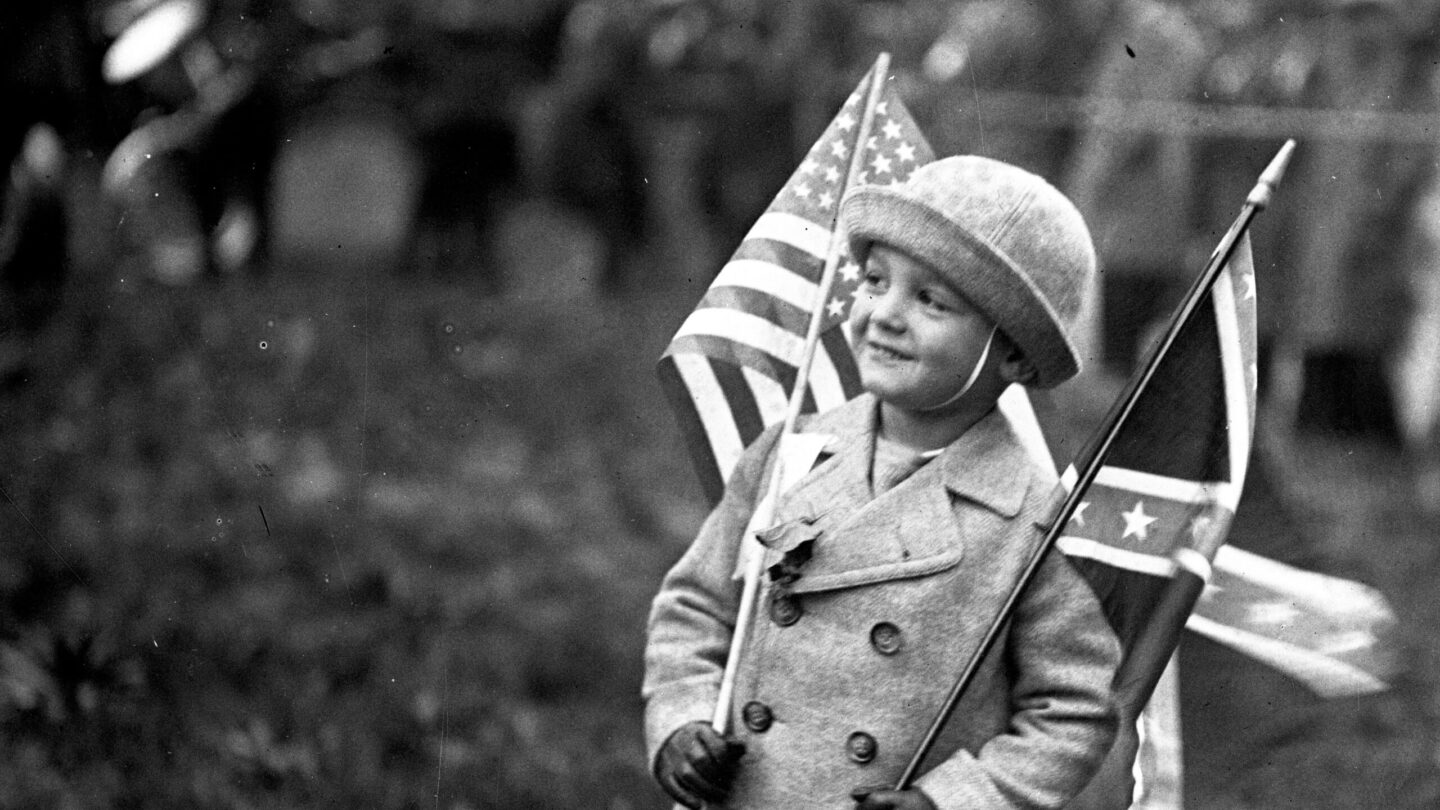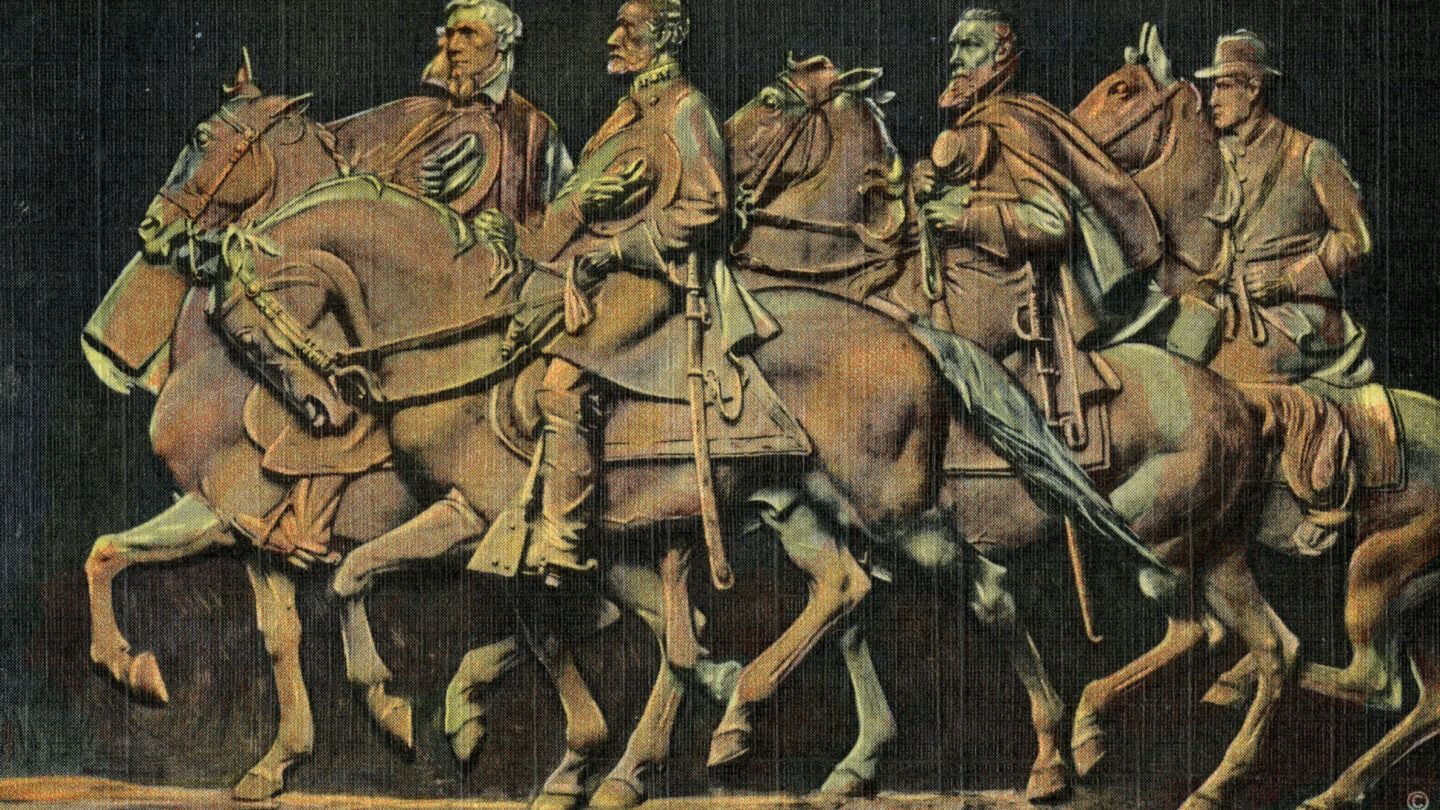Atlanta History Center explores the controversial history of the Stone Mountain carving through a documentary film and online resources.
The carving on the side of Stone Mountain is the largest Confederate monument in the world.
The mountain is engraved with a sculpture of well-known people from the Confederacy: Jefferson Davis, president of the Confederate states, and generals Robert E. Lee and Thomas “Stonewall” Jackson. Many Georgians recognize the Stone Mountain carving, but few know the full story of its origin.
The effort to create a Confederate monument on Stone Mountain began in the 1910s. Yet, the monument was only completed in 1972. Spanning multiple efforts across more than 50 years, the carving’s history is full of twists and turns.
Today, the mountain and surrounding park remain a large tourist and recreational attraction featuring hiking trails, restaurants, campgrounds, a museum, and occasionally a laser show with the carving as the backdrop.
Atlanta History Center staff have been engaged with the history of the Stone Mountain carving for many years. Over the past year, the institution worked with experts and those closest to the issue to explore the history of the Stone Mountain carving from various perspectives for a documentary. The result of this work is Monument, a documentary film that delves into the controversial history of Stone Mountain, including the origin of the carving and the complicated relationships between historical events and key players who established the monument.
This documentary is designed to inspire deeper learning and conversation about history that we as a state, and a country, share.
The Laws
In 1958, the State of Georgia purchased Stone Mountain and adopted the Stone Mountain Memorial Association Act. This law established the Stone Mountain Memorial Association (SMMA) to oversee the completion of the carving and govern the park. The carving was finished 14 years later in 1972. Over time, amendments to the original law, 12-3-190 came to include 12-3-192.1. Georgia Code 12-3-192.1 mandates that the SMMA must “maintain an appropriate and suitable memorial for the Confederacy.”
In 2001, Governor Roy Barnes began efforts to change the state flag, which had featured a Confederate battle emblem since 1956. As a part of the compromise with state legislators to remove the Confederate Battle emblem, the legislature amended Georgia Code 50-3-1 (c) to include protection for the Stone Mountain carving specifically. This law also includes text which references Lost Cause mythology.
In this section of Georgia code, which defines terms used throughout the entirety of the section of Georgia code that governs Stone Mountain park, the term “project” is defined to mean the operation of Stone Mountain as “a Confederate memorial and public recreation area.”
Panel. Discussion.
Related. Stories.
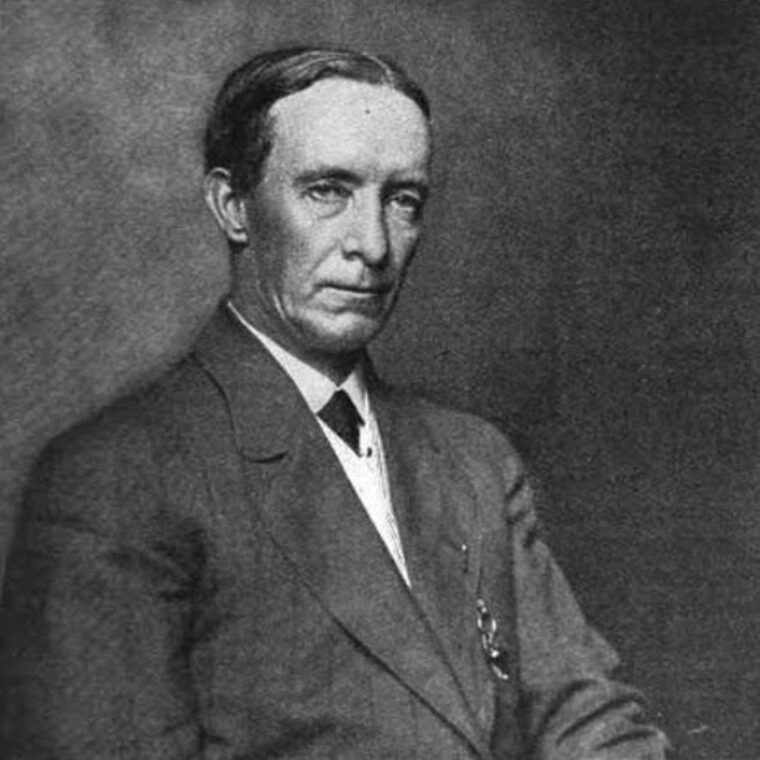
John Temple Graves was a New South orator, newspaper editor, and political figure, known for his influence on racial issues in the late 19th and early 20th century. His newspaper, the Atlanta Georgian, played a significant role in inflaming racial tensions that led to the 1906 Atlanta Race Massacre. He was also one of the earliest proponents of carving the likeness of Robert E. Lee into the side of Stone Mountain as a memorial to the Confederacy.
How did the world’s largest Confederate monument end up outside of Atlanta? What should be done, if anything, with it? With these questions in mind, Atlanta History Center explores the controversial history through online resources and an upcoming documentary.
The Birth of a Nation’s success and wide distribution increased national interest in the post-Civil War Klan. In Atlanta, the film served as an inspiration and a guide for the leaders of two early 20th-century Atlanta organizations with close connections to Stone Mountain—the modern Ku Klux Klan and the United Daughters of the Confederacy.
Originally published in 2017, this document explores the history of the Stone Mountain carving.
Timeline
Archival. Images.
FAQ
In 2016, Atlanta History Center published the first iteration of this online toolkit, which was designed to help communities address Confederate monuments in their midst. Included in these resources is a white paper on the history of Stone Mountain published in 2017.
Learn moreAtlanta History Center has produced classroom, civic engagement, and family resources for young people from upper elementary to high school.
Learn MoreFilm. Biographies.
Additional. Reading.
Film. Citations.
In the News.
Contact. Us.
Showtimes
Tuesday–Friday: 1:30pm and 2:30pm
Saturday & Sunday: 10:30am, 11:30am, 12:30pm, 1:30pm, 2:30pm
Related. Exhibitions.
Atlanta History Center online exhibition: American Democracy: A Great Leap of Faith
Atlanta History Center is home to one of the nation’s most comprehensive collections of Civil War memorabilia including a growing number of rare objects identified specifically with African American USCT soldiers and regiments such as a canteen, swords, a rifle, brass drum, knapsack, Bible, badges, a Medal of Honor, and a USCT flag.
The Civil War is the decisive turning point in American history. A nation divided against itself before—half enslaved, half free—was reunited. Experience the Civil War through the eyes of soldiers and civilians.
This online exhibition explores the African American struggle for full citizenship and racial equality that unfolded in the 50 years following the Civil War.


